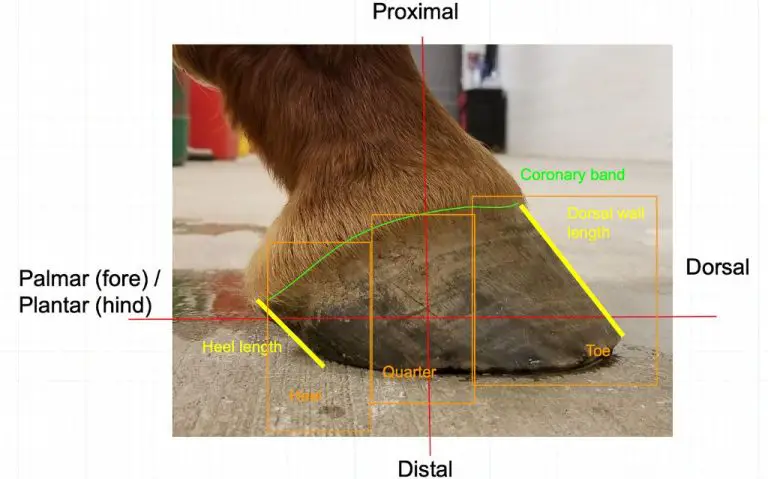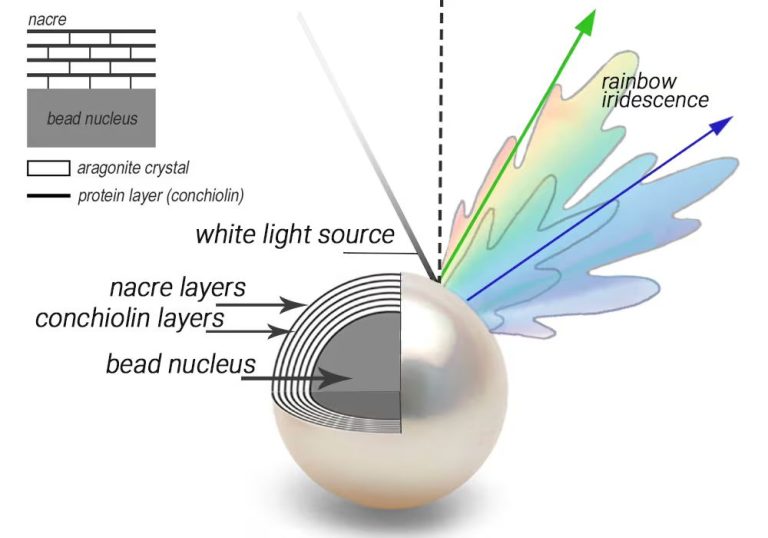Is Selling Coffee Mugs Profitable?
The coffee mug industry is bigger than you might think. According to Data Bridge Market Research, the global mug market was valued at $21.39 billion in 2021 and is expected to reach $44.21 billion by 2029. With millions of mugs sold around the world every year, mugs have become an essential household item and a canvas for personal expression.
Coffee mugs in particular have a massive fanbase, as coffee drinkers love to represent their passion with fun mug designs. The question is: with so many coffee mugs being produced and sold, is selling them actually a profitable business? This article will explore the costs, pricing, marketing, sales channels, inventory management, legal considerations, profit margins, and growth opportunities of the coffee mug business.
Costs of Selling Coffee Mugs
The main costs associated with selling coffee mugs are the production and custom printing costs. According to Hasseman Marketing, a basic 11oz coffee mug with a one color imprint can cost between $2.15 – $2.50 per mug when ordering in quantities of 72 or more. More complex designs, full color printing, larger quantities, and premium ceramic mugs can cost upwards of $10 per mug.
Companies like Canvas People and 4Imprint offer custom printed mugs starting around $19 per mug for single quantity orders. Their prices get lower for bulk orders of 100+ mugs, typically coming down to around $5 – $8 per mug depending on the features. So when considering the costs of selling custom printed mugs, order quantities make a big difference.
Pricing Coffee Mugs
When pricing coffee mugs, most retailers aim for a retail markup between 2-3x the wholesale cost of the mug. This allows them to cover their costs and make a profit. According to the Specialty Coffee Association, the typical markup on coffee merchandise like mugs is around 65-75% (Source).
This means if a coffee shop buys a mug wholesale for $5, they will likely price it between $10-15 retail. Industry experts recommend pricing merchandise like mugs on the higher end within your expected markup range. This allows some flexibility for sales or promotions. It’s easier to bring the price down than raise it up later.
When setting prices, retailers also consider consumer expectations and local market rates. In competitive urban areas with numerous coffee shops, mugs tend to be priced lower. In smaller towns with less competition, there’s more pricing flexibility. Coffee shops should research other local businesses selling mugs to determine an appropriate retail price.
While the 2-3x markup is common, pricing ultimately depends on the mug’s quality, materials, branding, production costs, and target customer. Unique handmade mugs can demand a higher premium. Large mass-produced mugs may have lower markups around 2x. The goal is finding a retail price customers are willing to pay while generating a sufficient profit margin.
Marketing Coffee Mugs
There are numerous marketing strategies to promote coffee mugs, both online and offline. Some key strategies include:

Online Marketing
- SEO optimization to rank high in search engines for keywords related to coffee mugs
- Facebook and Instagram ads targeted to coffee drinkers and mug collectors
- Email marketing campaigns promoting new mug designs or sales
- Influencer marketing by sending free mugs to popular YouTubers or bloggers in exchange for reviews
Offline Marketing
- Print ads in magazines or local newspapers
- Billboards or posters near coffee shops to attract impulse buyers
- Booth at craft fairs, flea markets and other local events
- Establishing wholesale partnerships with coffee shops to sell the mugs there
- Giveaways and promotions at corporate events, conferences or trade shows
The key is to identify the target audience, such as coffee lovers or mug collectors, and connect with them through targeted online and offline marketing campaigns. Testing different strategies to see which ones drive the most sales and engagement is important. Resources should be focused on the highest converting channels over time.
Sales Channels
There are several key sales channels to consider when selling coffee mugs:
Online Stores
Selling coffee mugs through an online store or ecommerce site is a popular option. Some benefits of selling online include access to a wider audience, no physical retail space required, and the ability to sell 24/7. However, you’ll need to focus on digital marketing, manage shipping logistics, and may face lots of online competition. Platforms like Etsy, Shopify, and eBay make it easy for small businesses to open online shops. According to one source, “Get creative with your coffee mug displays and watch sales go up!” (https://www.pinterest.com/retailmugs/coffee-mug-displays/).
Retail Shops
Selling mugs in a physical retail store allows customers to see and feel products in person. But it requires investing in a good location and retail displays. The source recommends creative mug displays to boost in-store sales (https://www.pinterest.com/retailmugs/coffee-mug-displays/). Another source advises on wholesale mug displays to stock a retail store (https://www.faire.com/discover/mug-display).
Wholesale
Selling coffee mugs at wholesale allows businesses to buy inventory in bulk at lower prices for resale. This can be an efficient way to supply mugs to retail stores, corporate clients, restaurants, and more. But minimum order quantities are often required.
Managing Inventory
When selling coffee mugs, managing your inventory appropriately is key to maximizing profits. You’ll need to find the right balance of having enough stock on hand to fulfill orders quickly, without tying up too much capital in unsold inventory.
A good rule of thumb is to keep at least a 1-2 month supply of your fastest selling mug designs on hand at all times. For slower selling mugs, you can keep lower stock levels. Closely track your sales velocities and reorder stock as items become low so you don’t miss out on sales.
Make sure to store your inventory securely and take regular inventory counts. Damaged or missing stock can quickly eat into your margins. Fulfill orders accurately and quickly to delight customers.
As your business grows, you may consider using inventory management software or working with a fulfillment center to handle warehousing and order fulfillment. This frees up your time to focus on selling and marketing.
Careful inventory management ensures you have just enough stock to meet demand, while minimizing tied-up capital. This helps improve cash flow and maximize profits on your mug sales.
Legal Considerations
When selling coffee mugs with phrases, logos, or images, it’s important to be aware of trademark and licensing laws to avoid legal issues. According to legal experts, if you use a phrase that later becomes trademarked, you can likely continue selling your existing merchandise, but you would need to stop producing new items with the trademarked content (Source). However, if you intentionally infringe on a trademark by continuing to produce items featuring trademarked content, you could face legal action.
Before putting any designs or phrases on products, it’s advisable to do a trademark search to verify you aren’t infringing on existing trademarks. If you do improperly use a trademark, you could face lawsuits and be required to pay significant damages. According to one source, the average cost of a trademark infringement lawsuit is $600,000 (Source). Consulting with an intellectual property lawyer can help ensure you avoid costly legal issues.
Profit Margins
Selling coffee mugs can be a profitable business if done right. According to the Specialty Coffee Association, the average profit margin for a coffee shop is around 6.8% (https://bellwethercoffee.com/blog/the-complete-guide-to-coffee-shop-profit-margins-and-how-to-raise-them/). This includes profit from coffee, food, and merchandise sales. Looking specifically at coffee mug sales, profit margins can vary depending on factors like mug costs, pricing strategy, and sales volume.
A typical retail markup on coffee mugs is 100-200% of the wholesale cost. This means if a mug costs $5 wholesale, it would retail for $10-15. With a 100% markup, the gross profit margin on a $10 mug would be 50%. After covering overhead expenses like rent and wages, the net profit margin may be closer to 10-20% for mug sales.
Strategies like buying mugs in bulk for lower per-unit costs, selling premium/specialty mugs at higher price points, and selling mugs in high-traffic locations can help maximize profits. Building a brand around mug designs and utilizing e-commerce can also expand reach and sales. Overall, mugs can contribute solid profits if priced right and promoted effectively to coffee drinkers.
Growth Opportunities
For those already in the coffee mug selling business, there are numerous ways to expand your product lines and sales to increase profitability over time. Some growth opportunities include:
– Offering custom and personalized mugs. Allowing customers to customize mugs with photos, text, and design elements caters to gift-givers and those seeking unique items. Production can be scaled through print-on-demand integrations.
– Expanding your mug selection. Carrying additional mug styles, sizes, colors, and materials gives customers more choices. Seasonal designs and licensed mugs can also attract interest.
– Selling wholesale to retailers. Approaching coffee shops, gift stores, and other retailers about carrying your mugs wholesale expands your customer base without additional marketing costs.
– Promotional mugs for businesses. Marketing branded mugs to businesses needing promo items for clients, employees, and events creates a lucrative B2B sales channel.
– Experimenting with mug bundles and kits. Bundling mugs with additional products like coffee, cocoa, teas, and cookies allows you to offer gift sets and increase order values.
Conclusion
In summary, selling coffee mugs can be a profitable business if done right. The key factors that determine profitability include managing product costs through wholesale purchasing or making your own mugs, pricing mugs at 2-3x their base cost, using low-cost online marketing and sales channels, keeping inventory lean, minimizing legal risks, and finding ways to grow the business over time. Profit margins in the range of 30-50% are achievable for coffee mug sellers following best practices. While competitive, the market for coffee mugs is substantial, with opportunities for differentiation and niche approaches. With good business acumen, coffee mugs represent a merchandising product line with solid upside potential.





